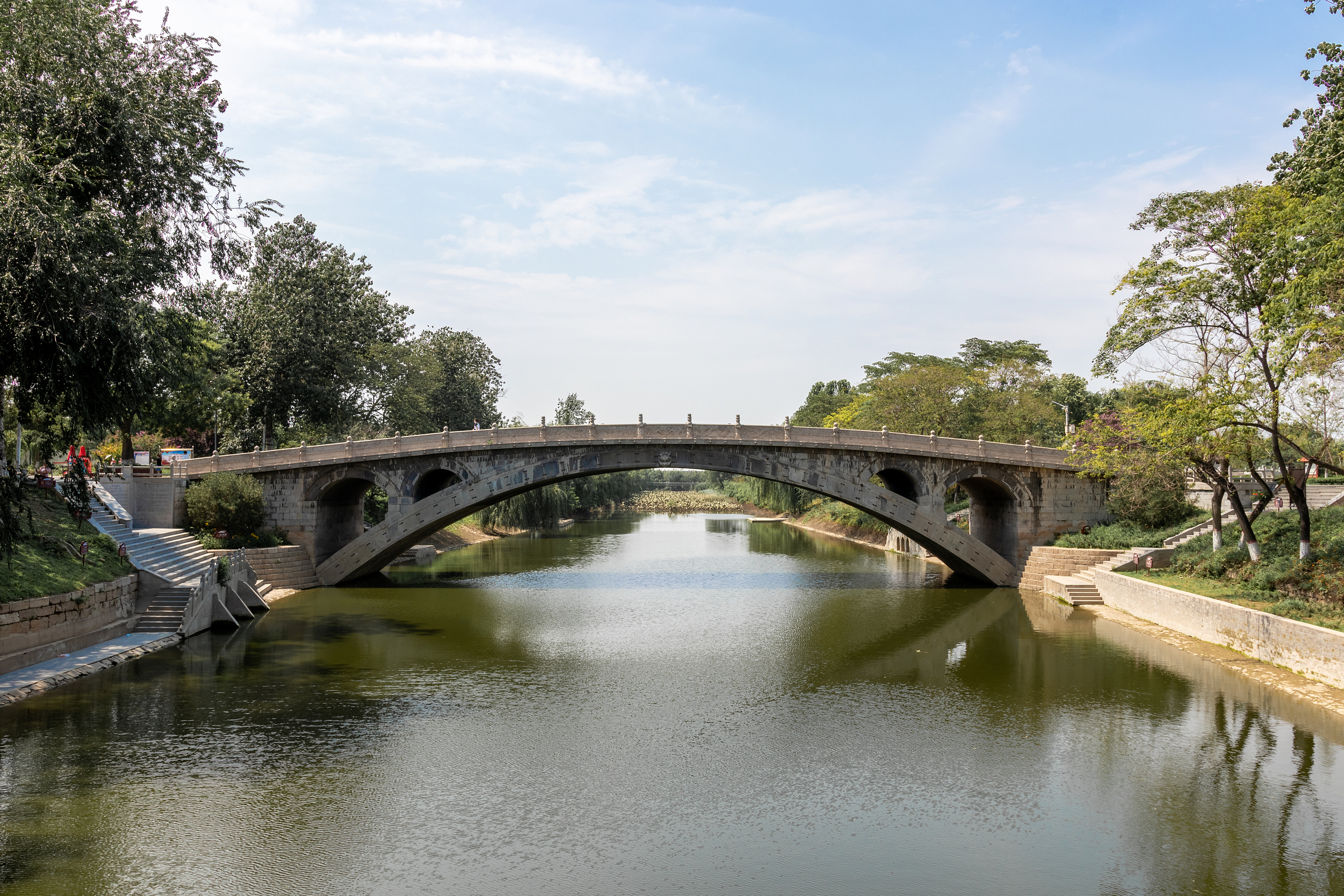Zhaozhou Bridge: Crystallization of Ancient Engineering Technology

Zhaozhou Bridge. (PHOTO: VCG)
By Staff Reporters
Zhaozhou Bridge, also known as Anji Bridge, is a historic bridge located in Zhao county, North China's Hebei province. Built during the Sui dynasty (581-618 AD), it is one of the oldest and largest stone arch bridges in the world and considered a masterpiece of ancient Chinese architecture. The bridge is not only a cultural and historical icon, but also an excellent example of how scientific knowledge and engineering principles were applied in ancient China.
At the time of its construction, the Zhaozhou Bridge was a revolutionary feat of engineering. It spans the Jiao River, which was prone to flooding, and was designed to withstand the powerful currents of the river. The bridge is 64.4 meters long and 9.6 meters wide, with a span of 37.02 meters. It is made up of 28 semicircular arches and is constructed entirely of limestone blocks.
One of the most impressive aspects of the Zhaozhou Bridge is its use of the "spandrel arch" technique. The technique involves creating a series of small arches between the main arches, which not only help to support the weight of the bridge but also reduce the overall weight of the structure. This technique allowed the builders to create a lighter and more efficient bridge without sacrificing its strength or durability.
This unique design of the bridge also considers the natural environment in which it was built. The arches are spaced at different intervals to allow for the flow of water and reduce the risk of flooding, and the bridge was built at an angle to the river that would minimize the impact of strong currents.
Construction of the Zhaozhou Bridge required a high degree of skill and knowledge in mathematics, physics, and engineering. The uses of advanced techniques such as spandrel arches, as well as the careful consideration of the natural environment, demonstrate a deep scientific understanding of the builders.







